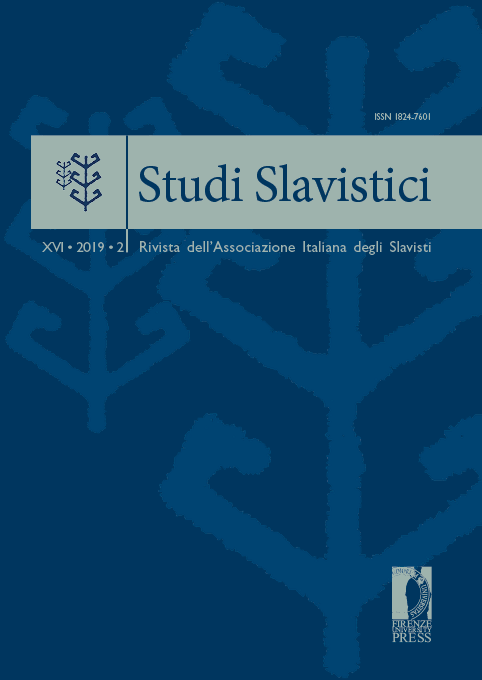Published 2020-01-20
Keywords
- Maximus the Greek,
- Povest’ strašna,
- Sources
Abstract
This article investigates the sources of the Terrible and Memorable Narrative, and about the Perfect Monastic Lifestyle (Повѣсть страшна и достопамятна, и о съвръшеном иночьскомъ жительствѣ) by Maximus the Greek. To the Muscovite reader, the narrative represents the first account of the University of Paris, the Grande Chartreuse, the Carthusian monastic order, Girolamo Savonarola’s Florentine preaching and the Dominican monastic order. In the form we have it, the narrative results from the union of two different parts, the first being about the Kingdom of France and the second about Florence. The title refers to the first part, where the ‘terrible and memorable narrative’ concerns the story of the particular judgment of a doctor of the University of Paris, while ‘the perfect monastic lifestyle’ refers to the foundation of the first Carthusian monastery and the Carthusian order. In order to reassure his readers that he intends to tell the truth, Maximus states that the first part of his narrative is based on indirect sources and the second part on direct ones. The statement about the sources of the first part – истину пишу, юже самъ не точию писану видѣх и прочтохъ, но и слухом прияхъ от мужеи достовѣрных, сирѣчь добродѣтелию жития и премудростию многою украшеных, у них же азъ, зѣло юнъ сыи, пожих лѣта доволна – is unusual and seemingly misleading. In this paper the author seeks to recover the sense of the sentence, advancing two different hypotheses and testing them.


